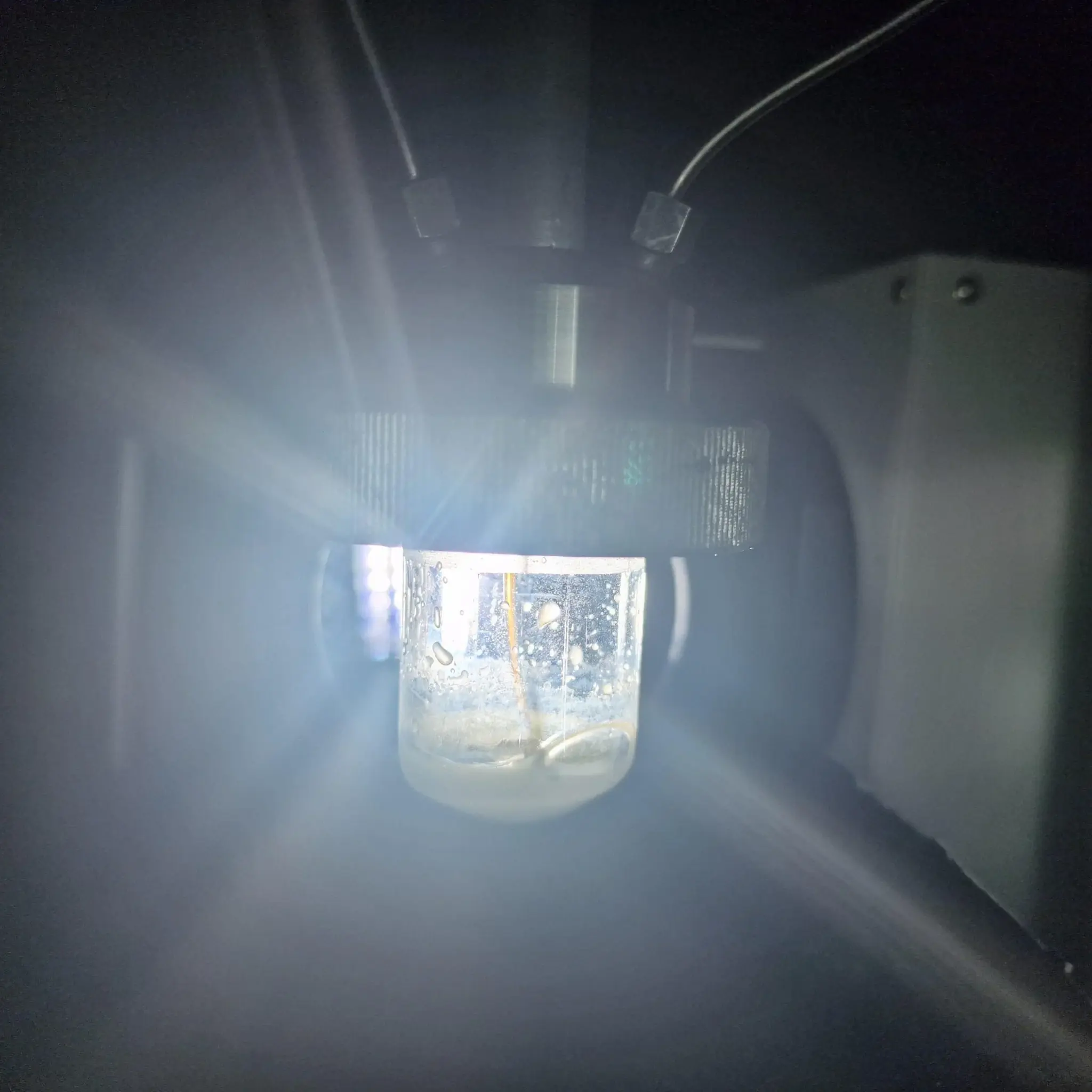“Researchers have successfully transformed CO2 into methanol,” reports SciTechDaily, “by shining sunlight on single atoms of copper deposited on a light-activated material, a discovery that paves the way for creating new green fuels.”
Tara LeMercier, a PhD student who carried out the experimental work at the University of Nottingham, School of Chemistry, said: “We measured the current generated by light and used it as a criterion to judge the quality of the catalyst. Even without copper, the new form of carbon nitride is 44 times more active than traditional carbon nitride. However, to our surprise, the addition of only 1 mg of copper per 1 g of carbon nitride quadrupled this efficiency. Most importantly the selectivity changed from methane, another greenhouse gas, to methanol, a valuable green fuel.”
Professor Andrei Khlobystov, School of Chemistry, University of Nottingham, said: “Carbon dioxide valorization holds the key for achieving the net-zero ambition of the UK. It is vitally important to ensure the sustainability of our catalyst materials for this important reaction. A big advantage of the new catalyst is that it consists of sustainable elements — carbon, nitrogen, and copper — all highly abundant on our planet.” This invention represents a significant step towards a deep understanding of photocatalytic materials in CO2 conversion. It opens a pathway for creating highly selective and tuneable catalysts where the desired product could be dialed up by controlling the catalyst at the nanoscale.
Abstract credit: https://science.slashdot.org/story/24/03/30/049239/researchers-develop-new-material-that-converts-co2-into-methanol-using-sunlight

is this scalable?
im going out on a limb here and guess this isnt as promising as it looks simply for the fact it never is?

Reading the paper was more informative and less hype-y: it seems like a remarkably good material for heterogenous photocatalysis. It’s much more selective (the hardest part about carbon reduction, which Cu is traditionally bad at) than existing catalysts, and appears to be a lot more efficient as well. The only thing is, it seems pretty slow.
No new material is ever scalable initially. You always have to develop new processes for manufacturing the material, which often have few similarities to the way it was made at research scale. However, Cu@carbon nitride seems like mass-producing it would be a relatively small step. So yeah, it’s actually pretty exciting, although not necessarily for the reasons the article hyped.

